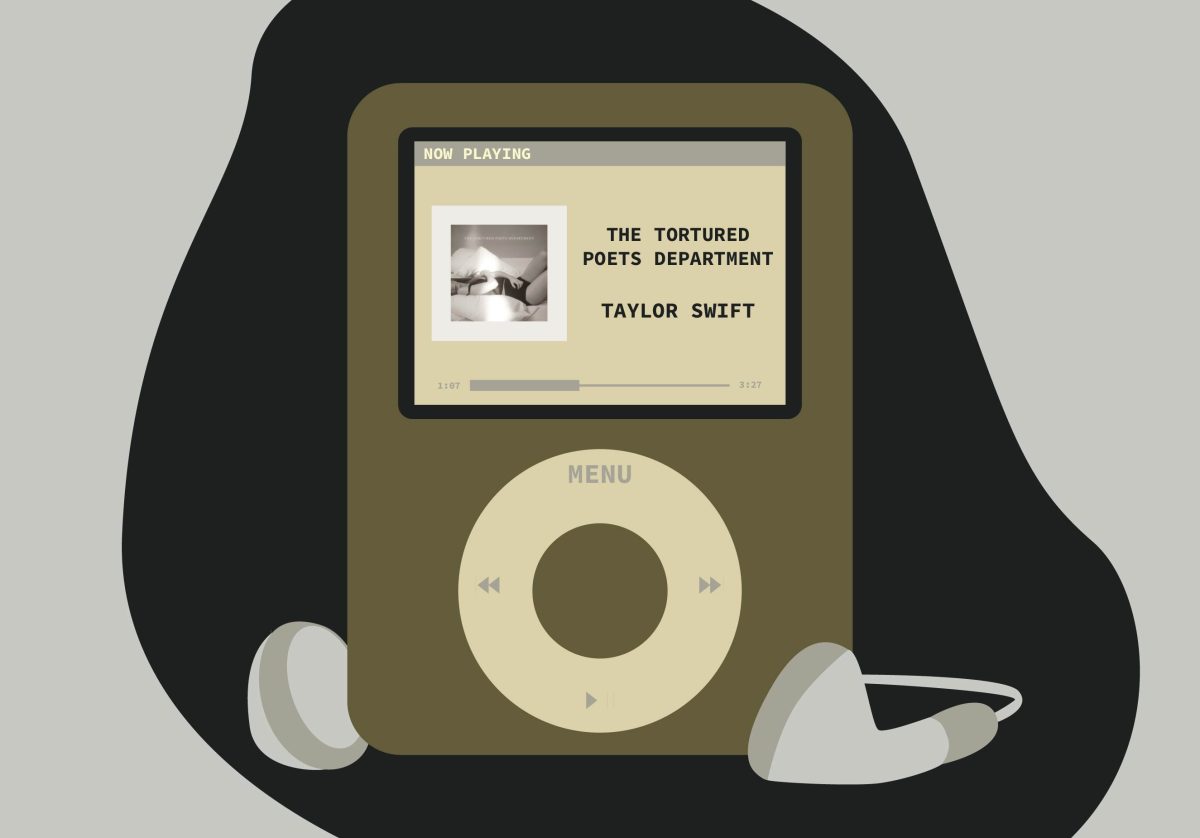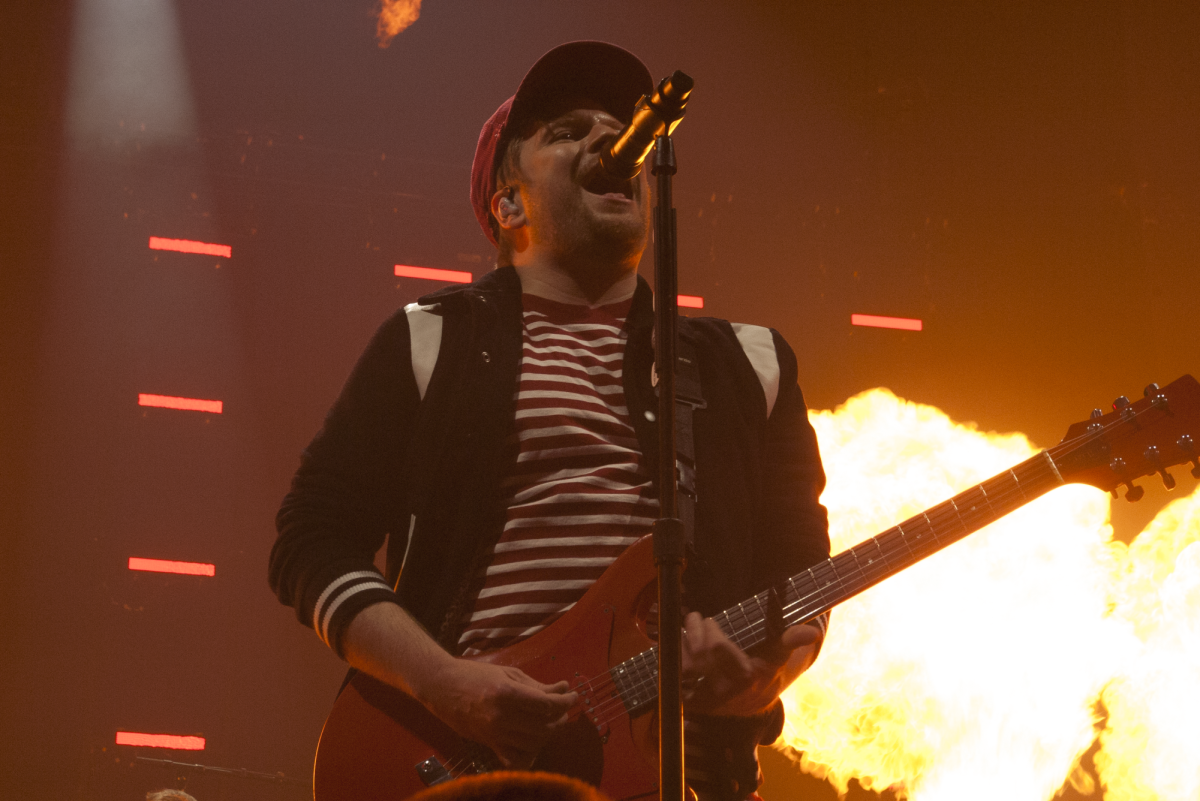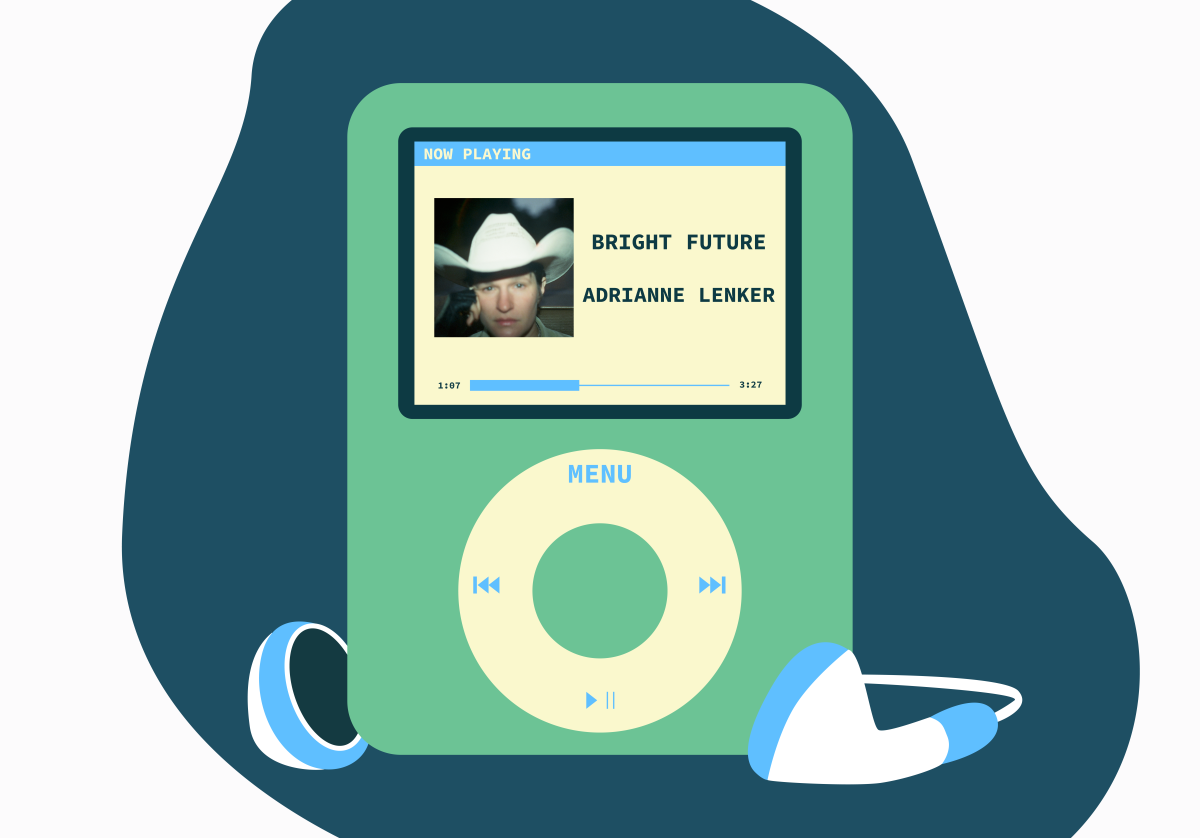A strong music scene is not only represented by musicians. Visual art is also very much a part of creating and supporting musical communities. The swirling, trippy images on posters for The Fillmore became a symbol for the San Francisco psychedelic sound. Graffiti-style lettering has always been strongly associated with hip hop. Art Chantry’s graphics embodied the spirit of the grunge scene in hundreds of record covers and posters plastered around Seattle.
Both the Rock and Roll Hall of Fame and the Experience Music Project display concert posters as part of documenting the different movements in rock ‘n’ roll. The Music Project even focuses on one particular poster artist, Jeff Kleinsmith, in recognition of his influential work with Sub Pop records. And now, with Art Chantry’s work on exhibit at New York’s Museum of Modern Art, the concert poster is coming into its own as legitimate art, something beyond simple advertising.
On the popular side of the culture, poster art has suddenly become huge. The Web site www.gigposters.com has helped designers, musicians and music fans get excited about poster art by bringing together the separate design communities and allowing them to exchange ideas. On gigposters, you can get a sense of other cities’ music scenes by examining the number of designers and quality of their posters. Along with Austin, Texas; Seattle, San Francisco and Chicago, the Twin Cities easily ranks among the best scenes for poster art in the country.
There have been concert posters in the Twin Cities as long as there have been concerts, but the artists were never very organized and only put out a few posters every year. Since their emigration from Madison, Wis., a year and a half ago, Dan Ibarra and Michael Byzewski, who make up the team Aesthetic Apparatus, have turned the Twin Cities poster scene around. Aesthetic Apparatus began generating beautiful, screen-printed posters, usually in series of less than 150, for bands and First Avenue. Not only do their posters get noticed hanging around town, but Ibarra and Byzewski then sell their posters at the show for which the poster was designed. Ibarra said making concert posters involves “receiving permission to make the posters and then figuring out how to make money or what to do with them.” But poster making is certainly not about getting rich. Most poster artists begin creating posters for their own bands or a friend’s band. These artists already have a connection to the scene; creating posters is a way to help support the bands they love. Aesthetic Apparatus is paving the way for poster making in the Twin Cities by showing how it can be done successfully – not solely in terms of dollar signs but by recognition and reputation.
Burlesque Design became an official design collective about six months ago featuring artists from Life Sucks Die Magazine. Artist Dave Witt, who designs many posters for the Triple Rock Social Club, is also associated with a collective called Squad Nineteen. These collectives along with a slew of individual designers now cover the Twin Cities with posters showcasing the buzzing music scene. Witt will highlight some of the scene’s best concert poster artists at the Back Alley Gallery on Jan. 2.
Aesthetic Apparatus incorporates a lot of found images, many mid to early 20th century ads, and throws them into bright contrasting colors.
Poster artist Ozel uses his background in comic book illustration for inspiration for his concert posters. Ozel finds similarities between DIY mentality of both comics and punk. Both mediums of art he says serve to “document a feeling or lifestyle, document something people feel passionate about.”
Mike Davis from Burlesque is influenced by Fillmore and movie posters. Many Burlesque posters are reminiscent of an old vaudeville show or an old Hollywood movie, only spiced up for hip hop and indie groups.
Dave Witt’s skulls and creepy monsters perfectly capture the punk rock ethos of the Triple Rock.
The opening of the Triple Rock has helped strengthen the poster art scene even more. The Triple Rock gives many designers including Aesthetic Apparatus, Burlesque and Witt an opportunity to combine their art with their love of music. The support of venues such as First Avenue and the Triple Rock is what makes the scene thrive.
It is interesting to note, however, as the poster art scene continues to grow and receive more recognition, Clear Channel shows make no attempt to participate. Witt said all his work is for independent venues. Most posters or flyers for Clear Channel venues consist of photocopies of a band photo or album cover. While there’s nothing inherently evil about plain photocopies, for some people this further demonstrates Clear Channel’s disconnection with local communities and their lack of interest in art outside of music. Ibarra says that he does not support Clear Channel’s politics. He and Byzewski want “to battle in a grassroots way.”
For the venues that do feature special handmade, screen-printed posters and carefully crafted designs there is a reward. Witt says the Triple Rock continues to develop a good reputation with the bands who play there, who then pass the word on to other bands around the country. Part of this reputation comes from the bands knowing the club will provide good advertising in the form of attractive posters. Also, these posters show the club really wants to project an image and cares enough to do more than simply take a laser printout to a mass-market copy shop. Byzewski says, “Artwork can really give a scene legitimacy.” Ibarra adds that posters, such as in Seattle, create the appearance of a developed music scene. The two also shared anecdotes about touring bands returning to Minneapolis and looking forward especially to the posters. Davis of Burlesque notes that poster art “gets music people into art and art people into music.”
The venues and bands give total artistic freedom to the designer and, as a result, they create very original and very different styles of artwork. Byzewski acknowledges that
competition is a major factor in other design communities. However, the Twin Cities concert poster scene is blessedly free of any antagonism because “we’re all doing such different stuff.”
“It’s like the Minneapolis music scene!” Ibarra exclaimed. “There’s not just one type of music if you can have Har Mar Superstar, Atmosphere and Mark Mallman all in one scene.”
















